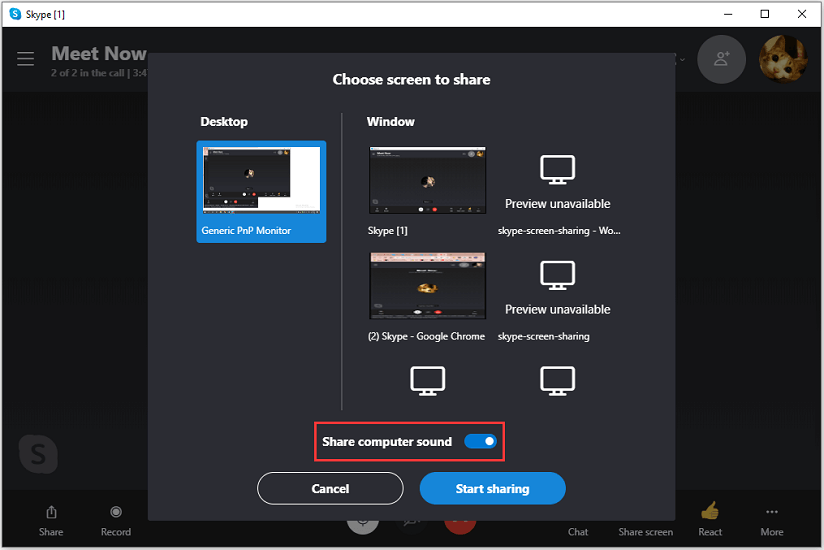

Using screen sharing, you can access your Mac’s display from anywhere on your local network or, in some cases, from anywhere in the world. If someone invokes Remote Screen Control during the session.Chapter 8, “Managing Who, Where, When, and What,” includes instructions on how to share your Macintosh’s screen using Messages, but there are many instances where you might want to access another Mac’s display without having to start a chat.īuilt into Yosemite is a standards-based screen-sharing system.If someone starts recording the session.If someone starts any Program/Windows Sharing.If someone is using Skype for Business on Mac and not is homed on Skype for Business Online.If a user is sharing from the Skype for Business Web App.1000, Skype for Business Room System Devices, or Skype for Business Mobile Apps. If someone who uses an older version of the Skype for Business client joins your session, for example anyone using any Windows client version that is lower than.In the situations listed below, screen sharing will automatically transition to the basic mode (RDP) with lower quality and will not return to Video Based Screen Sharing Mode until the end of the current session. Under Product Information, you'll see your Office product name and the full version number.On the File tab, select either the Account or Help command.Open any Office application, such as Word or Excel, and then create a document.

You can find out what version of Skype for Business is installed on your computer by following these steps:



 0 kommentar(er)
0 kommentar(er)
